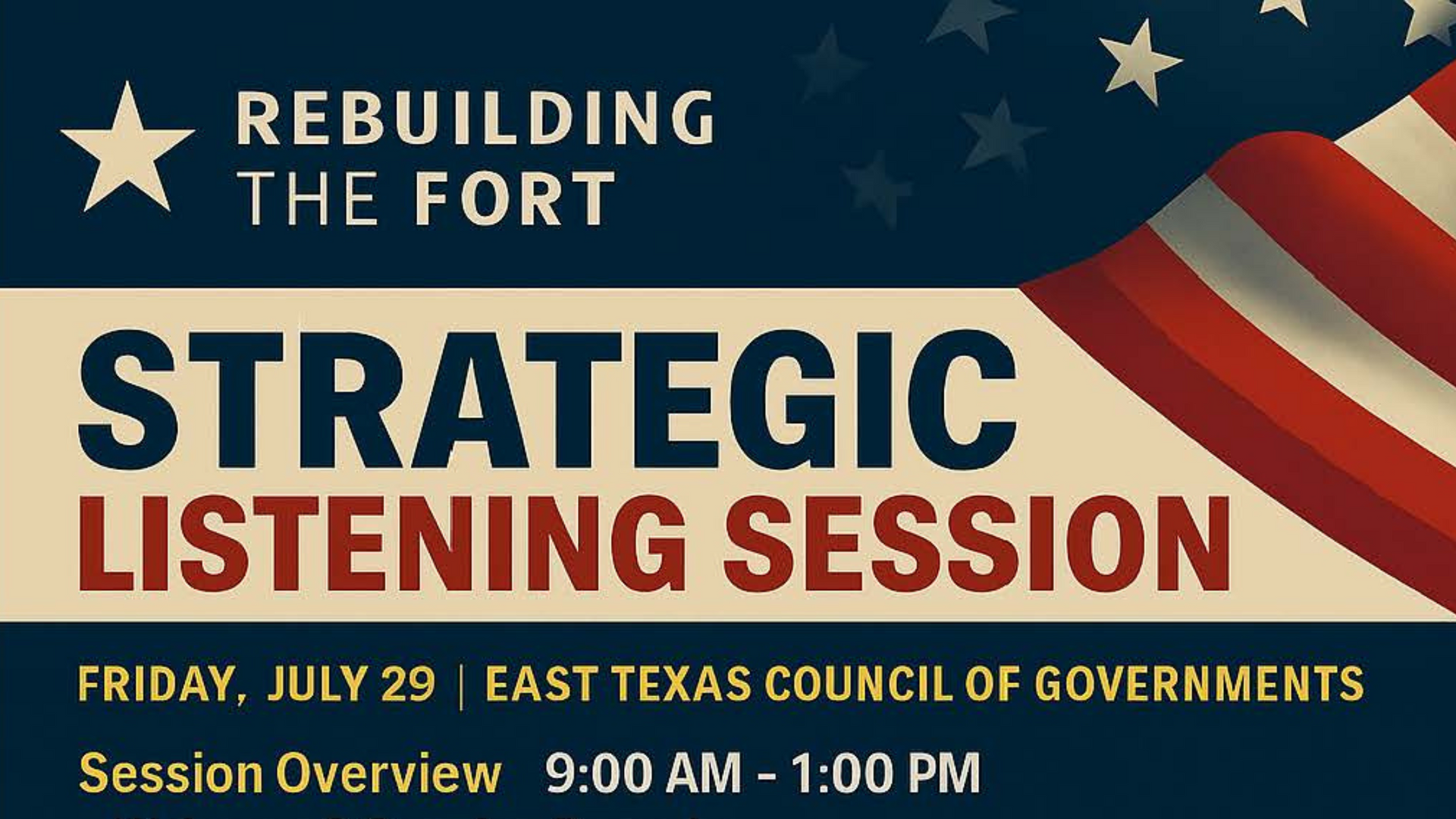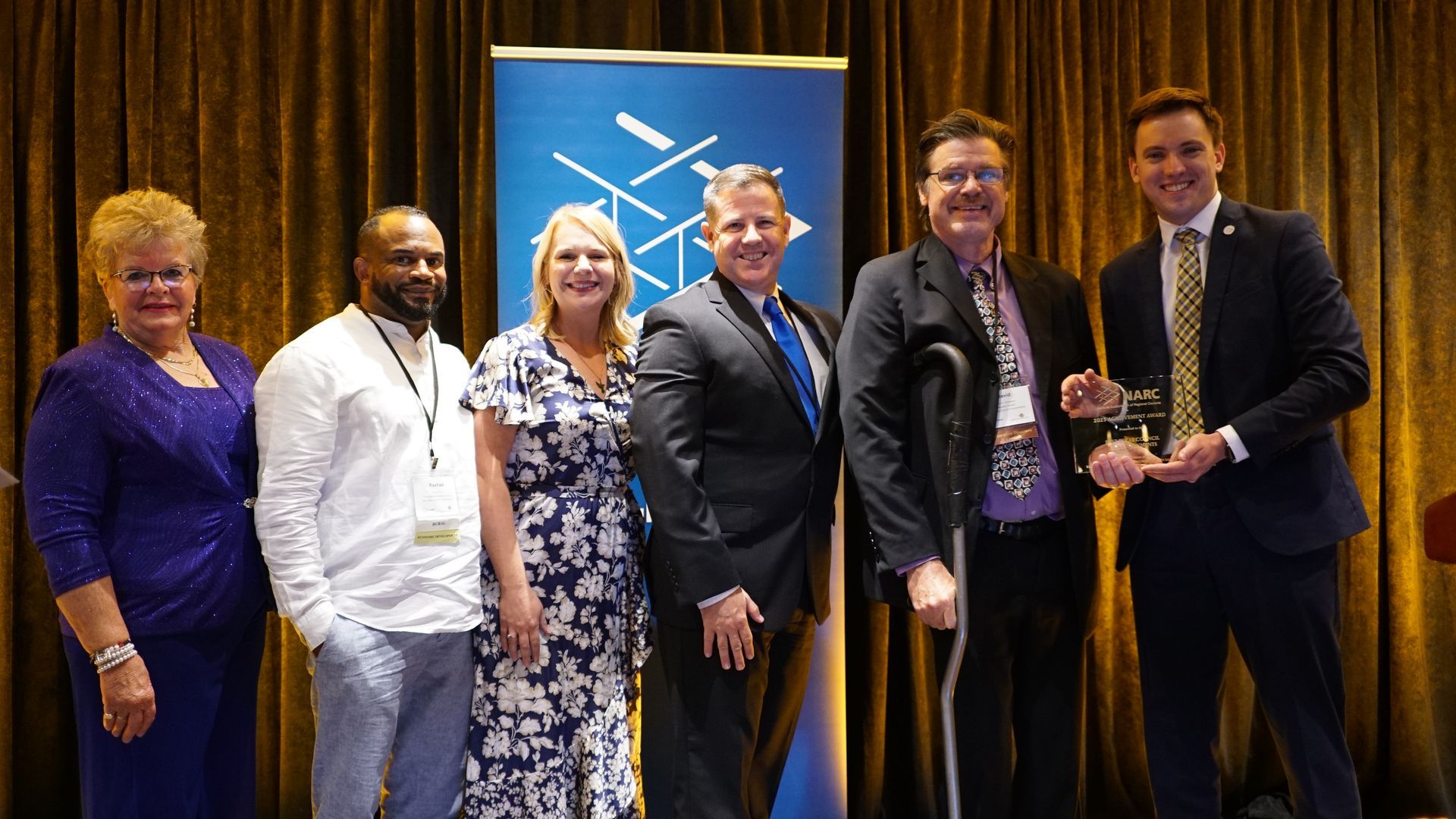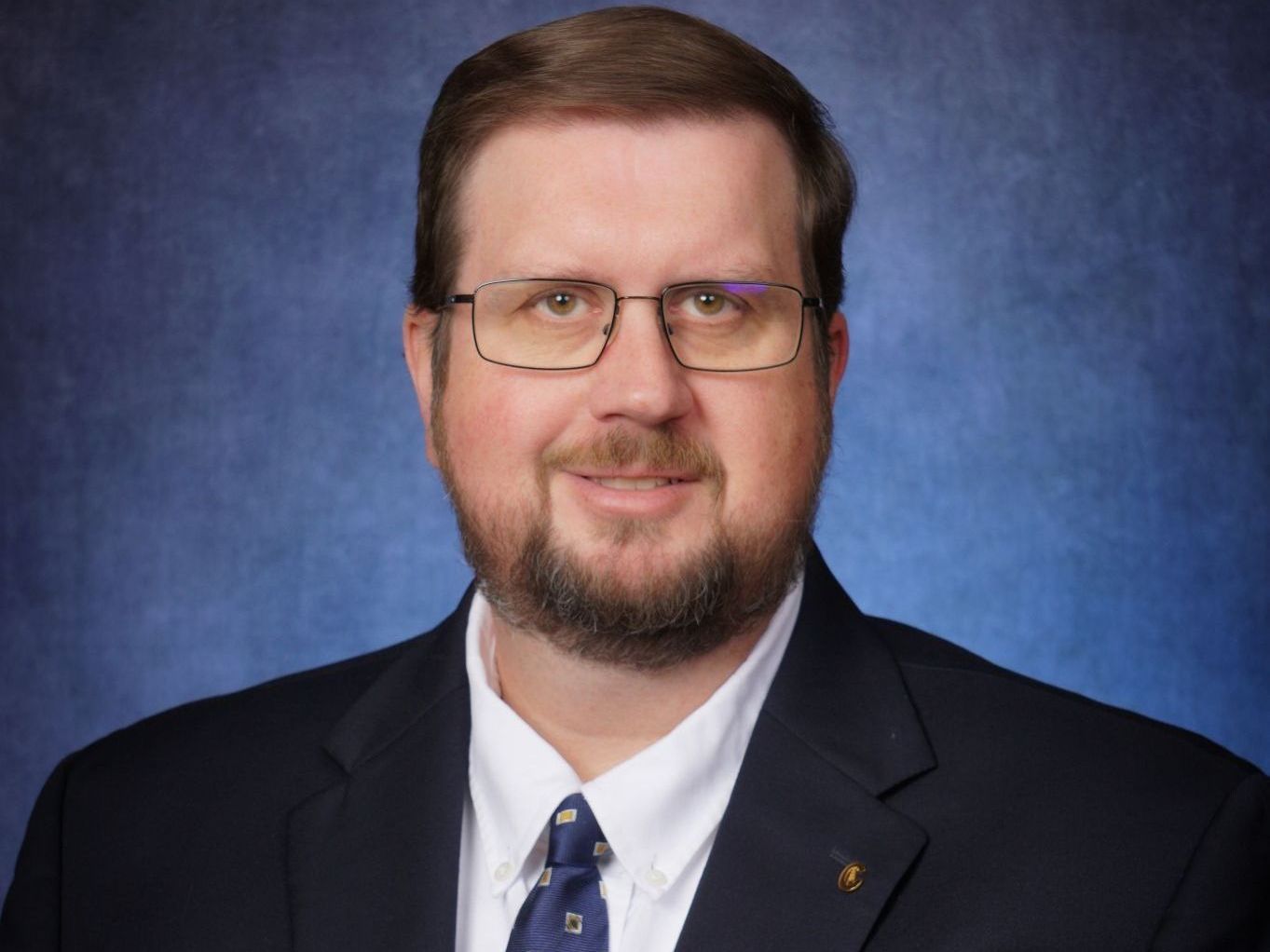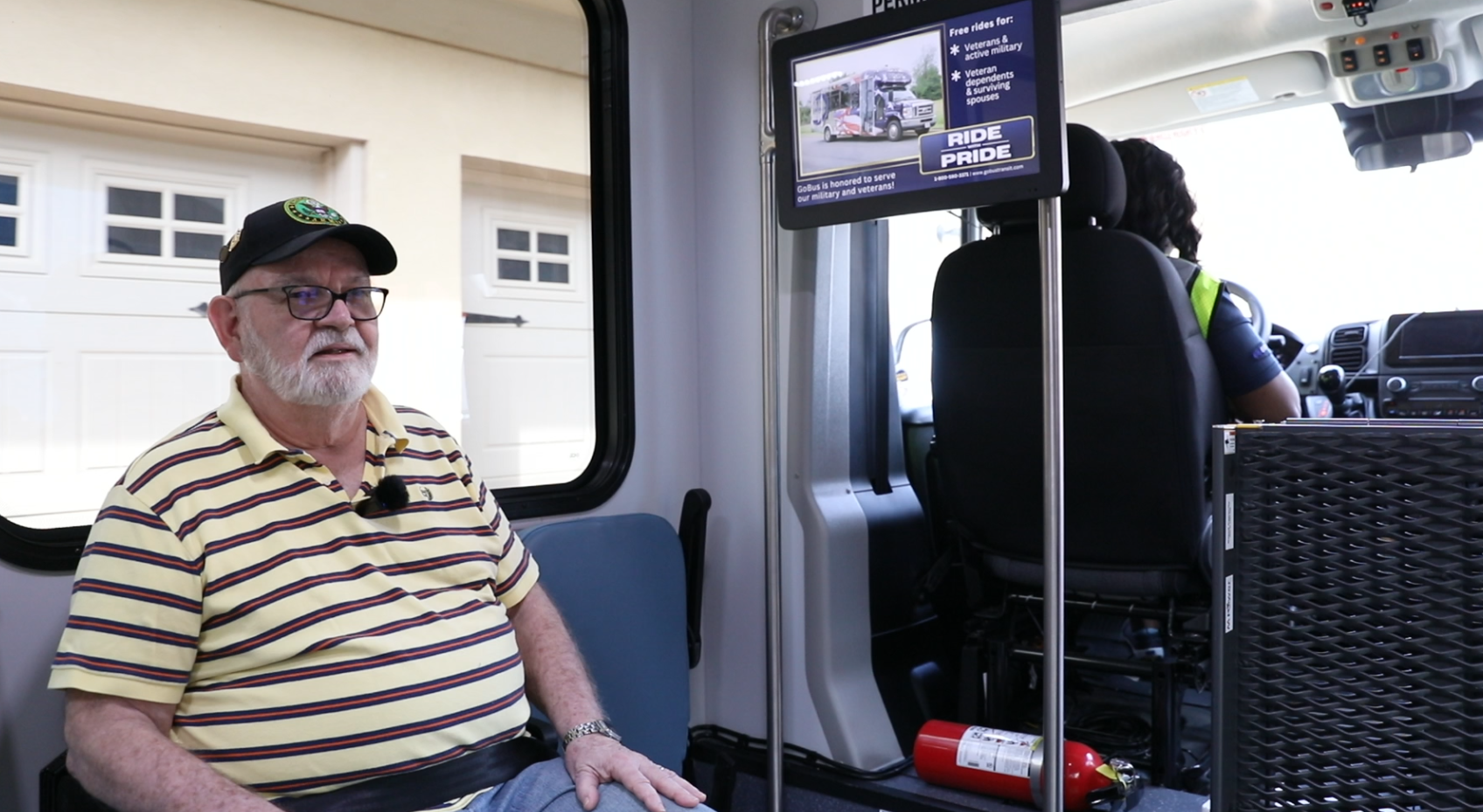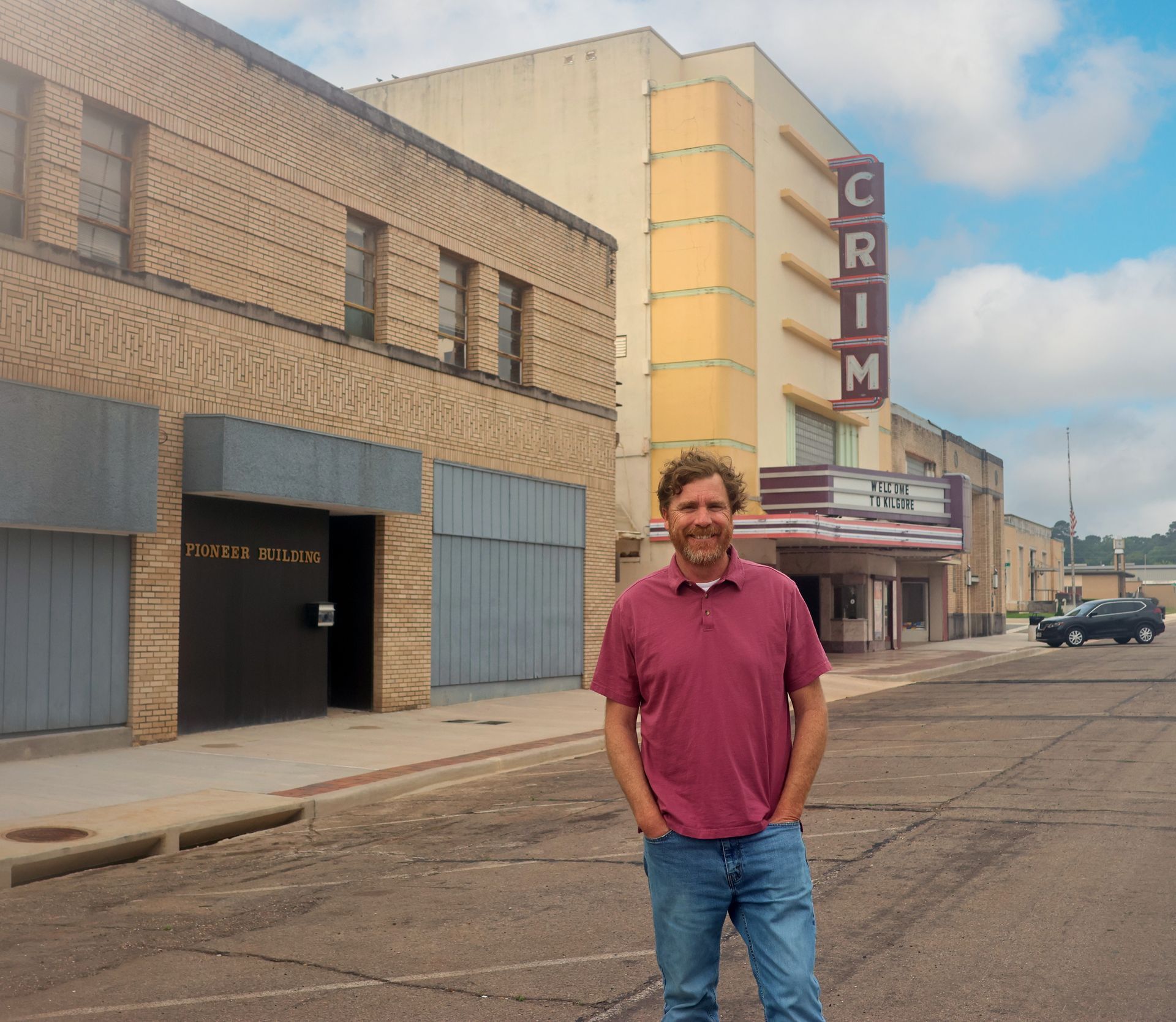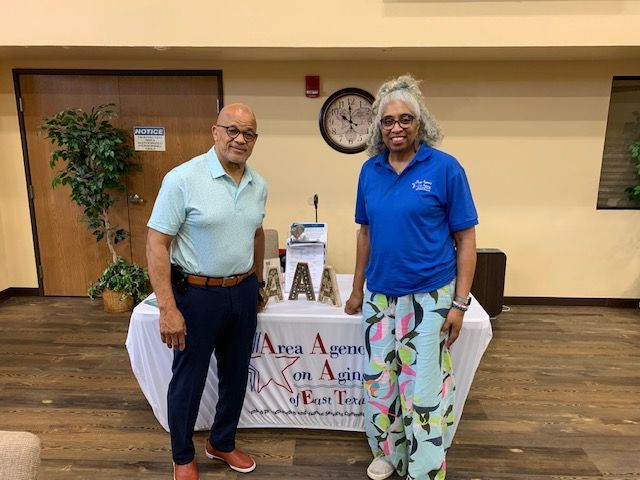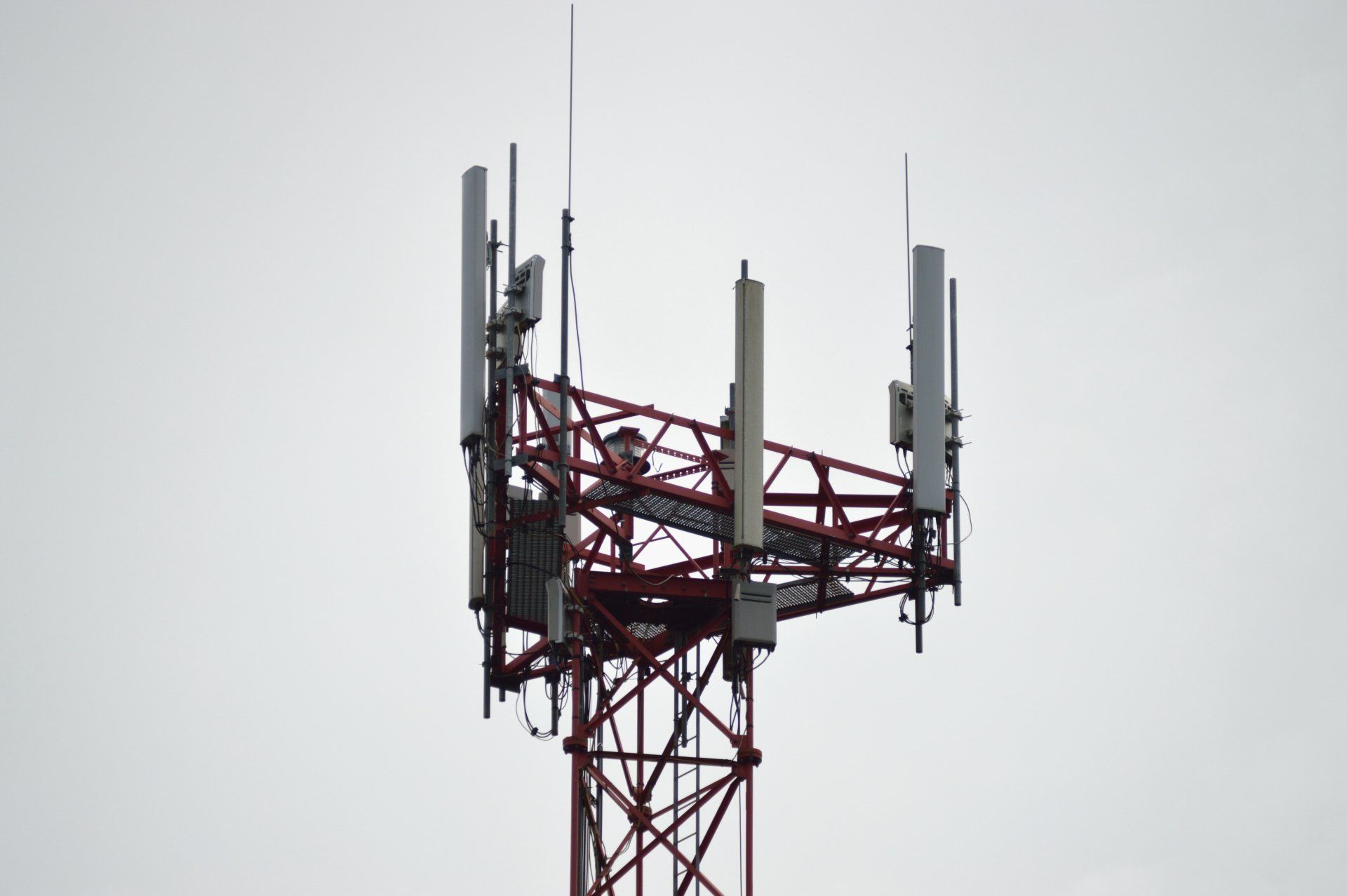Slow Connection? We've Been Here Before - Broadband

In a mere 30 years, internet connection has gone from something only research institutions and businesses have, to largely ubiquitous and necessary. Many onlookers see the spread of high-speed internet access as slow and lethargic. They balk at the idea that a project could take a decade to get momentum. People are so used to the instant gratification that the internet has brought our culture that they forget to look back and see how we got here and work to understand how we move forward.
Thomas Edison began work on the lightbulb in the 1870s and patented his final product in 1880. In 1882, with help from funding by J.P. Morgan, he built the world's first central power plant in Manhattan. This was the first industrial-scale power generation. Of course, as with everything, politics got involved. Edison allegedly had to bribe New York politicians just to lay the first electricity lines. Large scale production and installation of electric transmission lines and construction of power plants didn't really get going until the turn of the century. It took another 15 years to bring electricity to 20% of U.S. homes, another 15 years to get it to 70% of U.S. homes, and another 15 years to 90%. The Federal government didn't even get involved in regulating the grid's expansion until 1935 with the Federal Power Act. It took almost 100 years after the first electric lines were laid that the United States had close to 100% coverage, the Federal Government began to deregulate, and the Fed established systems to create more competition that is still not fully implemented across the country today.
Fast forward to today, many argue that the internet should be developed like electricity with mass amounts of Federal funding to create a unified effort and spread electric connections to the whole country. Not only is the internet more complicated in its design, construction, maintenance, and general use, it is far ahead in terms of speed of adoption than electricity was 30 years into its adoption.
The first echoes of what would become the internet today began in the late 1960s with establishment of the Advanced Research Projects Agency Network (ARPANET) project run by the U.S. Defense Department. The current internet protocol was established in 1983. The first commercial internet provider started in 1989. Just 32 years later, we are at 59% global adoption and use of the internet, and almost 75% of homes connect across the United States. This does not even account for the close to 99% adoption of internet over Cell Towers and Satellite.
To say the Federal Government moves slowly would be a dramatic understatement. It took 50 years for electricity to become enough of a priority to regulate and spur expansion. We are only 32 years into this thing called the internet revolution. With the rapid growth of the internet in the last 30 years and its integration into every facet of society, the Federal government is finally trying to get involved. They are working on regulating the industry and bringing it to universal adoption, but that takes time, tremendous amounts of information, and money…lots of money.
When ETCOG began to look at broadband access and adoption in East Texas, the internet had only been around for 20 years or so. Information was sparse (as it largely is today), and money for the project was virtually non-existent. At the time, we barely had Facebook and the iPhone. Today, information is being gathered in a meaningful way. The Federal Government is digging deeper into our future generations' pockets for funding to bring more internet access and the pandemic has injected steroids into the project. We are encouraged to see the momentum behind this topic among key players at a national, state, and regional level. We encourage you to not lose hope or patience that highspeed broadband internet will be universal sooner than it seems.
